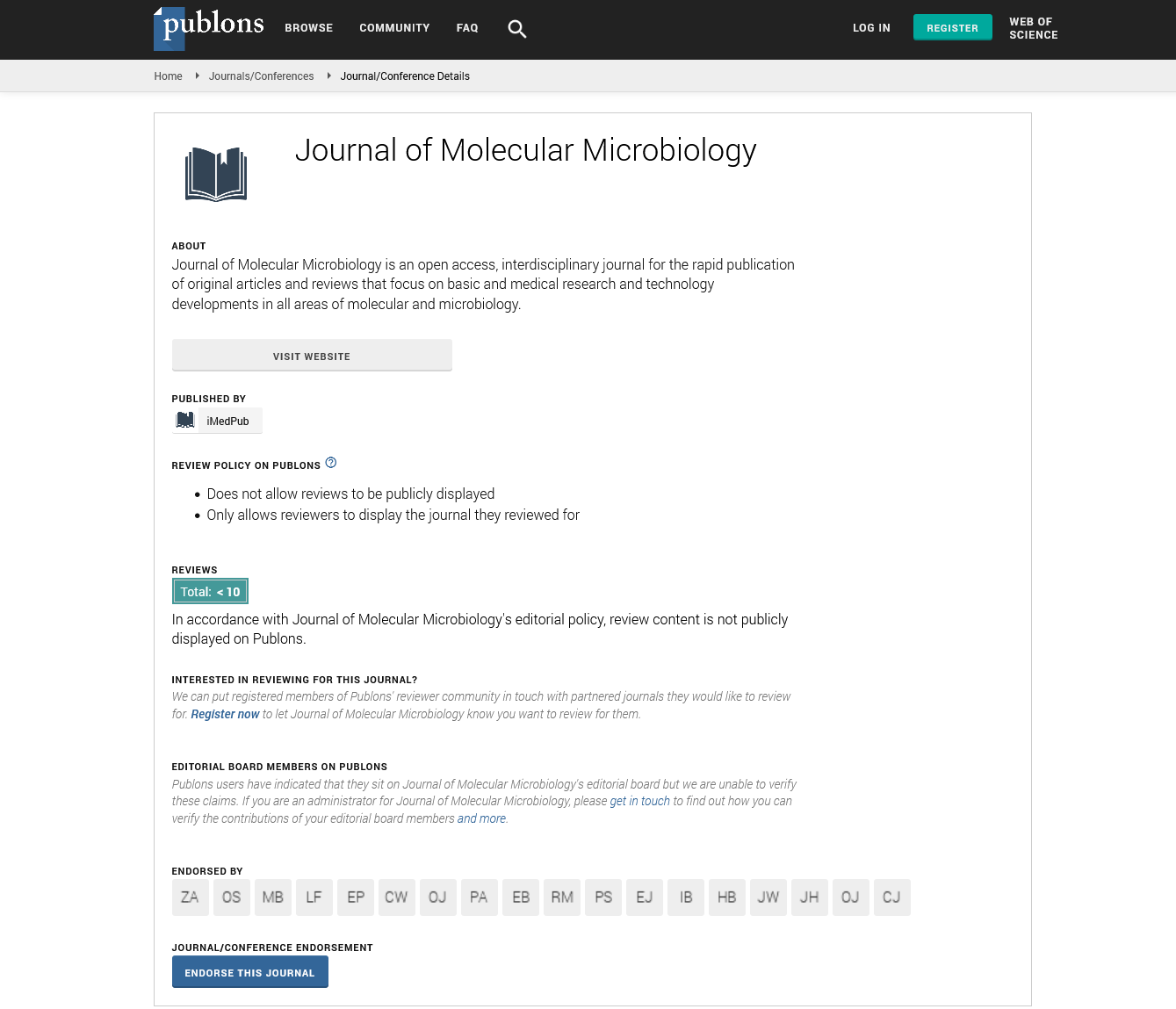Abstract
Pseudomonas spp. strains isolated from grapevine leaves modulate the inhibitory activity of the biocontrol agent Lysobacter capsici AZ78
Statement of the Problem Bacterial biocontrol agents can improve plant heath with various mechanisms. The bacterial genus Lysobacter includes different species producing compounds and lytic enzymes active against phytopathogenic microorganisms and therefore can be a source of new biocontrol agents. In particular, L. capsici AZ78 (AZ78), isolated from tobacco rhizosphere, effectively controls the causal agent of grapevine downy mildew (Plasmopara viticola), thanks to the production of antibiotics. Since bacterial communities might modulate the antibiotic production of biocontrol agents, the aim of this research was to understand if grapevine phyllosphere bacteria could affect the antibiotic production of AZ78. To test the hypothesis, we used a simplified model system with a culturable phytopathogenic oomycete (Pythium ultimum). Methodology & Theoretical Orientation: 47 bacterial strains were isolated from leaves of Vitis vinifera L. cv. Pinot gris and Goldtraminer, identified by 16S rDNA phylogenetic analysis and their impact on AZ78’s inhibitory activity was assessed in vitro according to the experimental design described Findings: Most of the Gram-negative bacterial isolates were γProteobacteria, while the Gram-positive isolates belonged to Actinobacteria and Firmicutes. None of the isolated strains showed an inhibitory activity against P. ultimum. Interestingly, most of them promoted AZ78 inhibitory activity. In particular Pseudomonas sp. L35 increased AZ78 inhibitory activity of the 29.6±0.95%, this can be related to a change in AZ78 gene expression triggered by the presence of the strain counts of Bifidobacterium and Akkermansia increased in the mucin agar carriers as a function of time. Conclusion & Significance: The interaction with the natural microbiota is an important factor to be considered in evaluating biocontrol agent’s efficacy, because their inhibitory activity can be affected by the microbiota itself. To gain a full picture, additional studies are necessary, taking into account the plant response, as well as considering the variation in AZ78 gene expression Recent Publications 1. Puopolo G, Tomada S and Pertot I (2018) The impact of the omics era on the knowledge and use of Lysobacter species to control phytopathogenic micro-organisms. Journal of Applied Microbiology 124(1):15-27. 2. De Boer W (2017) Upscaling of fungal-bacterial interactions: from the lab to the field. Current Opinion in Microbiology 37:35-41. 3. Tyc O, de Jager V C L, van den Berg M, Gerards S, Janssens T K S, Zaagman N, Kai M, Svatos A, Zweers H, Hordijk C, Besselink H, de Boer W and Garbeva P (2017) Exploring bacterial interspecific interactions for discovery of novel antimicrobial compounds. Microbial Biotechnology 10(4):910- 925. 4. Panthee S, Hamamoto H, Paudel A and Sekimizu K (2016) Lysobacter species: a potential source of novel antibiotics. Archives of Microbiology 198(9):839-845. 5. Puopolo G, Cimmino A, Palmieri MC, Giovannini O, Evidente A and Pertot I (2014) Lysobacter capsici AZ78 produces cyclo(L-Pro-L-Tyr), a 2,5-diketopiperazine with toxic activity against sporangia of Phytophthora infestans and Plasmopara viticola. Journal of Applied Microbiology 117(4):1168-1180. Biography: Elisa Francesca Brescia has obtained her Bachelor’s degree in Biology at the University of Torino in 2013. She decided to continue her studies at the University of Pavia, where in 2015 she obtained her Master’s degree in Experimental and Applied Biology and, in November 2015, she gained a nine-month research fellowship about the study of the fungal community associated to different Rubus species. In 2016, she started the doctoral course at the PhD school “Agricultural Science and Biotechnology” of the University of Udine at the Edmund Mach Foundation of San Michele all’Adige (TN) concerning the interactions between plantassociated bacteria and biocontrol agents in different nutrient conditions. From August 2018 to February 2019 she was a visiting PhD student at the TechnicalUniversity of Vienna (Austria), where she carried out a part of her PhD project studying the compounds produced during microbial interactions.
Author(s): Francesca Brescia1, 2, Lisa Ioriatti1 , Oscar Giovannini1 , Gerardo Puopolo1 and Ilaria Pertot1, 3
Abstract | PDF
Share This Article
Google Scholar citation report
Citations : 86
Journal of Molecular Microbiology received 86 citations as per Google Scholar report
Journal of Molecular Microbiology peer review process verified at publons
Abstracted/Indexed in
- Google Scholar
- Publons
Open Access Journals
- Aquaculture & Veterinary Science
- Chemistry & Chemical Sciences
- Clinical Sciences
- Engineering
- General Science
- Genetics & Molecular Biology
- Health Care & Nursing
- Immunology & Microbiology
- Materials Science
- Mathematics & Physics
- Medical Sciences
- Neurology & Psychiatry
- Oncology & Cancer Science
- Pharmaceutical Sciences
